Description
In the rapidly evolving landscape of software development, the integration of continuous testing,
quality, security, and feedback has become pivotal for organizations aiming to achieve successful
digital transformations. Continuous Testing, Quality, Security, and Feedback is a comprehensive guide
that delves into the core strategies necessary for embedding these practices into the heart of DevOps,
DevSecOps, and SRE methodologies.
The book begins by setting the stage for understanding the critical role of continuous testing, quality,
security, and feedback in the context of digital transformations. It provides a historical perspective,
illustrating how these strategies have evolved from traditional approaches to become integral
components of Agile, DevOps, DevSecOps, and SRE practices. This foundational knowledge is
crucial for professionals to appreciate the necessity of integrating these continuous strategies into
their workflows to enhance speed, efficiency, and reliability in software delivery.
One of the book’s strengths lies in its clear, outcome-focused definitions of continuous testing, quality,
security, and feedback. These definitions guide professionals in implementing these strategies effectively
within their organizations. By aligning these practices with measurable business outcomes, particularly
those recognized by the DevOps Research Association (DORA), the book ensures that you can
evaluate and adjust their methodologies based on their impact on key performance indicators. This
approach not only provides clarity but also emphasizes the importance of focusing on results rather
than merely procedural actions.
The core of the book is dedicated to exploring the guiding principles and pillars that underpin continuous
testing, quality, security, and feedback. Through detailed exposition, you will be equipped with the
knowledge to integrate testing into every stage of the software development life cycle, adopt a proactive
approach to quality and security, and foster a culture of continuous feedback and improvement. These
sections are invaluable, offering practical insights and strategies for overcoming common challenges
and leveraging best practices to achieve high-quality, secure, and user-centric software products.
The book is more than just a theoretical guide; it is a catalyst for transformation. It encourages
professionals to embrace continuous strategies, ensuring that digital transformations are resilient,
user-centric, and secure.
Chapter 1, Principles of Continuous Testing, Quality, Security, and Feedback, explains how these strategies
are essential for digital transformations that utilize continuous development practices known as
Agile, continuous delivery practices known as DevOps and DevSecOps, and continuous operations
practices known as SRE.
Chapter 2, The Importance of Continuous Testing, Quality, Security, and Feedback, explains why
continuous testing, quality, security, and feedback strategies are important for DevOps, DevSecOps,
and SRE. It explains how the principles and pillars of DevOps, DevSecOps, and SRE depend on the
principles and pillars of continuous testing, quality, security, and feedback.
Chapter 3, Experiences and Pitfalls with Continuous Testing, Quality, Security, and Feedback, explains –
by way of examples from my experiences – use cases, lessons learned, and pitfalls to avoid, including
strategies to avoid pitfalls.
Chapter 4, Engineering Approach to Continuous Testing, Quality, Security, and Feedback, explains a
systematic, disciplined engineering approach to planning continuous testing, quality, security, and
feedback solutions.
Chapter 5, Determining Transformation Goals, explains a prescriptive methodology for determining goals
for continuous testing, quality, security, and feedback transformations, to suit specific organizations,
products, and services. Tools to help determine goals are described.
Chapter 6, Discovery and Benchmarking, explains the methodology and tools for discovering the
current state of an organization’s people, processes, and technologies relevant to the transformation
to mastering continuous testing, quality, security, and feedback.
Chapter 7, Selecting Tool Platforms and Tools, provides you with a deep understanding of how each
platform and tool can be leveraged to foster a culture of continuous improvement and resilience in
the face of ever-changing technological challenges.
Chapter 8, Applying AL/ML to Continuous Testing, Quality, Security, and Feedback, delves into the
transformative role of Artificial Intelligence (AI) and Machine Learning (ML) across the software
development life cycle, with a special focus on enhancing continuous testing, quality, security, and
feedback practices.
Chapter 9, Use Cases for Integrating with DevOps, DevSecOps, and SRE, describes practical applications
of continuous testing, continuous quality, continuous security, and continuous feedback within
these frameworks with use cases that illustrate how organizations can transform to higher levels of
operational maturity.
Chapter 10, Building Roadmaps for Implementation, explains how to create effective roadmaps for
implementing continuous testing, quality, security, and feedback within your organization, ensuring
that your digital transformation journey is both strategic and aligned with organizational goals.
Chapter 11, Understanding Transformation Implementation Patterns, dives into the world of implementation
patterns, which are structured approaches proven to enhance the deployment and success of strategic
roadmaps for organizations that wish to improve their capabilities for continuous testing, quality,
security, and feedback.
Chapter 12, Measuring Progress and Outcomes, focuses on methods and frameworks that are important
for measuring progress and outcomes as organizations implement and improve their continuous
testing, quality, security, and feedback capabilities.
Chapter 13, Emerging Trends, describes emerging trends that are reshaping the landscape of continuous
testing, quality, security, and feedback within software development.
Chapter 14, Exploring Continuous Learning and Improvement, explains effective strategies for continuous
learning and improvement in areas crucial for software development and operations: continuous testing,
quality, security, and feedback.
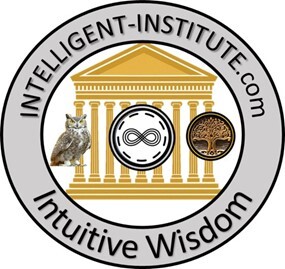
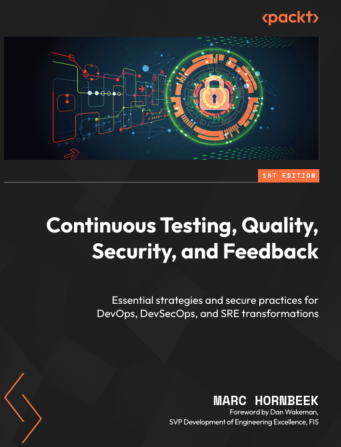
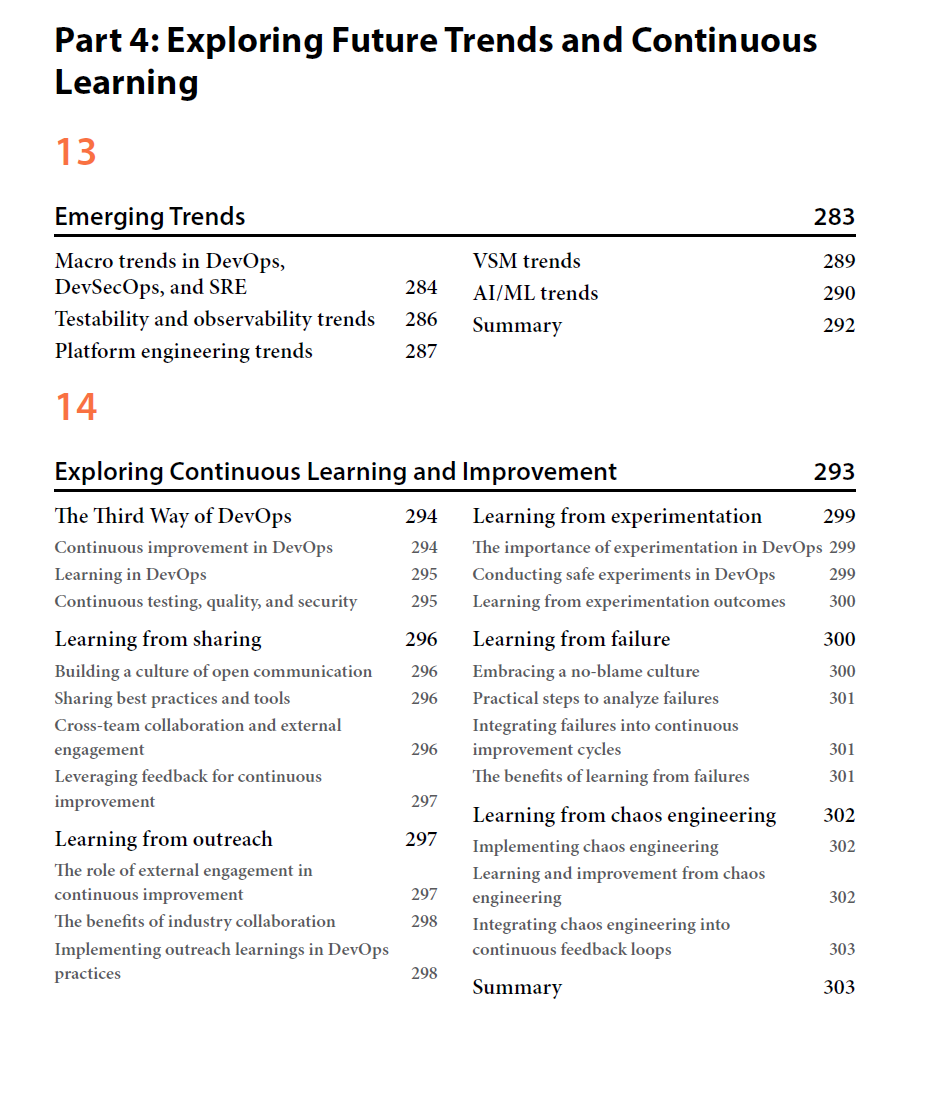
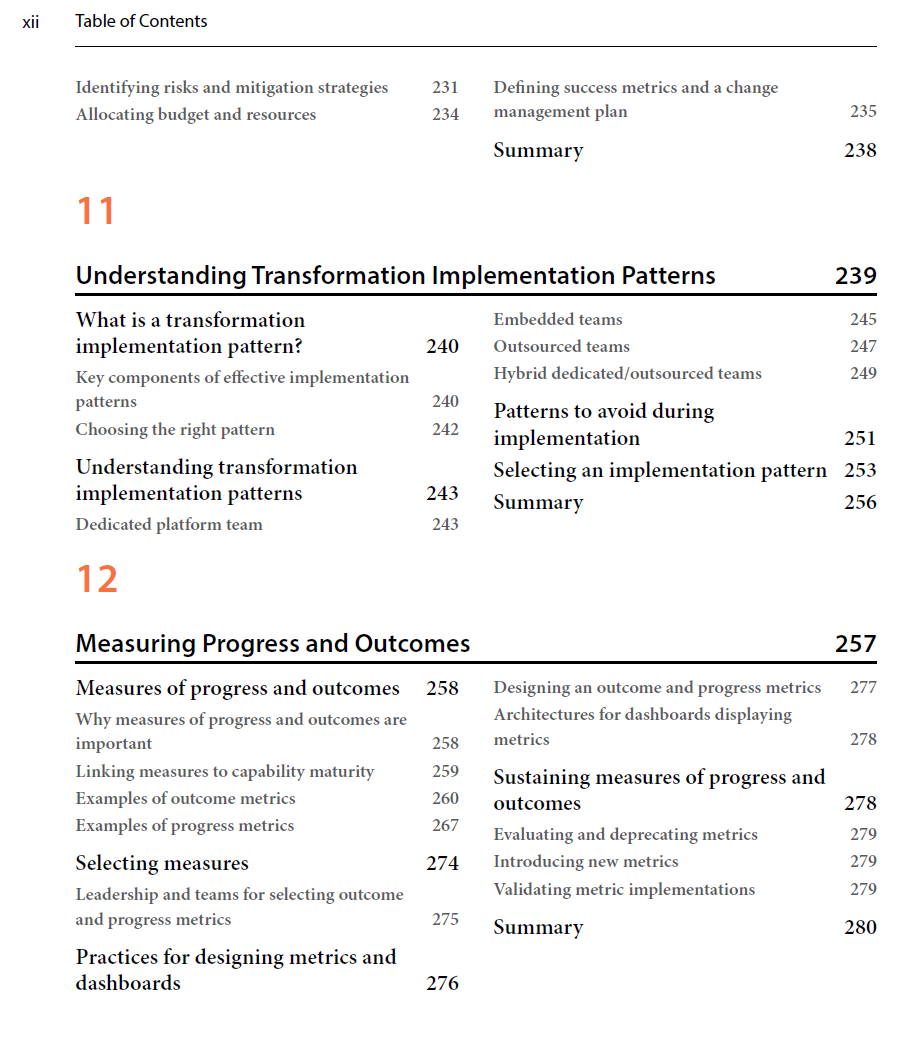
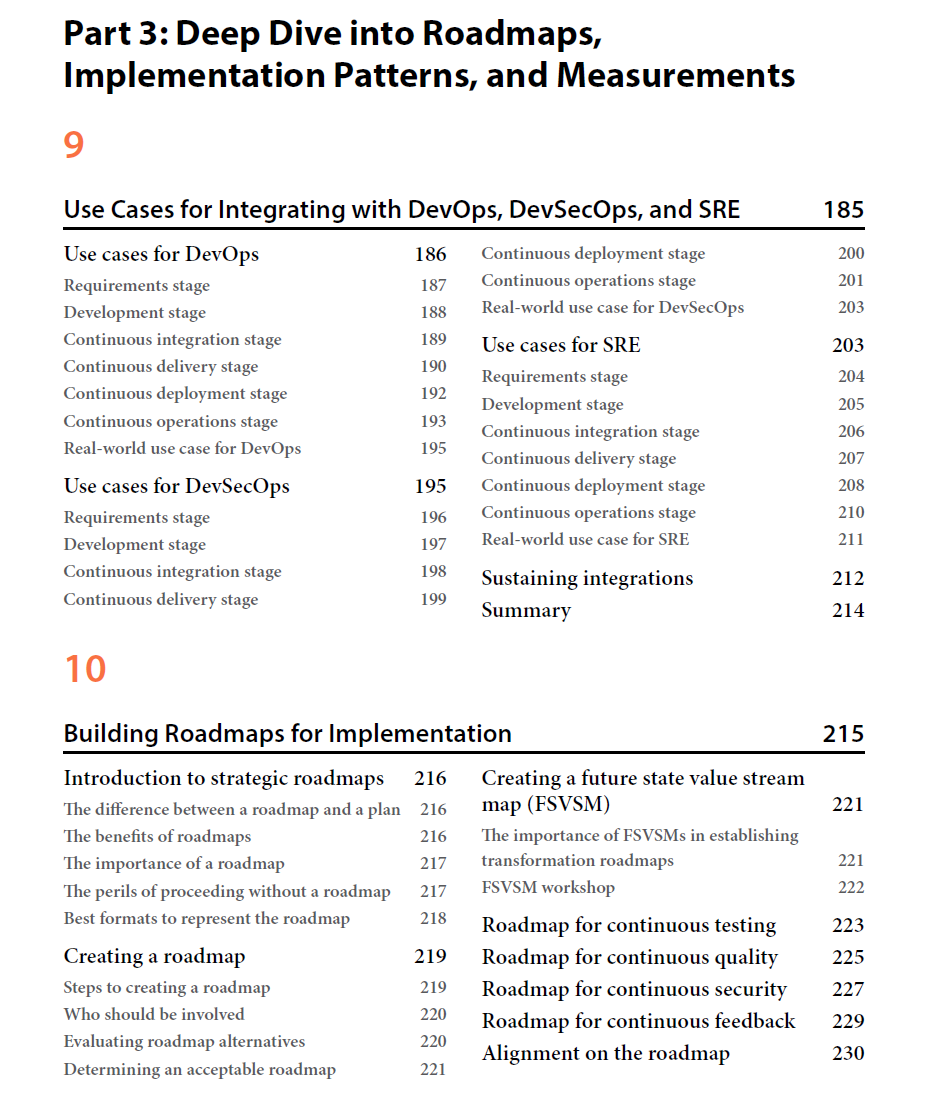
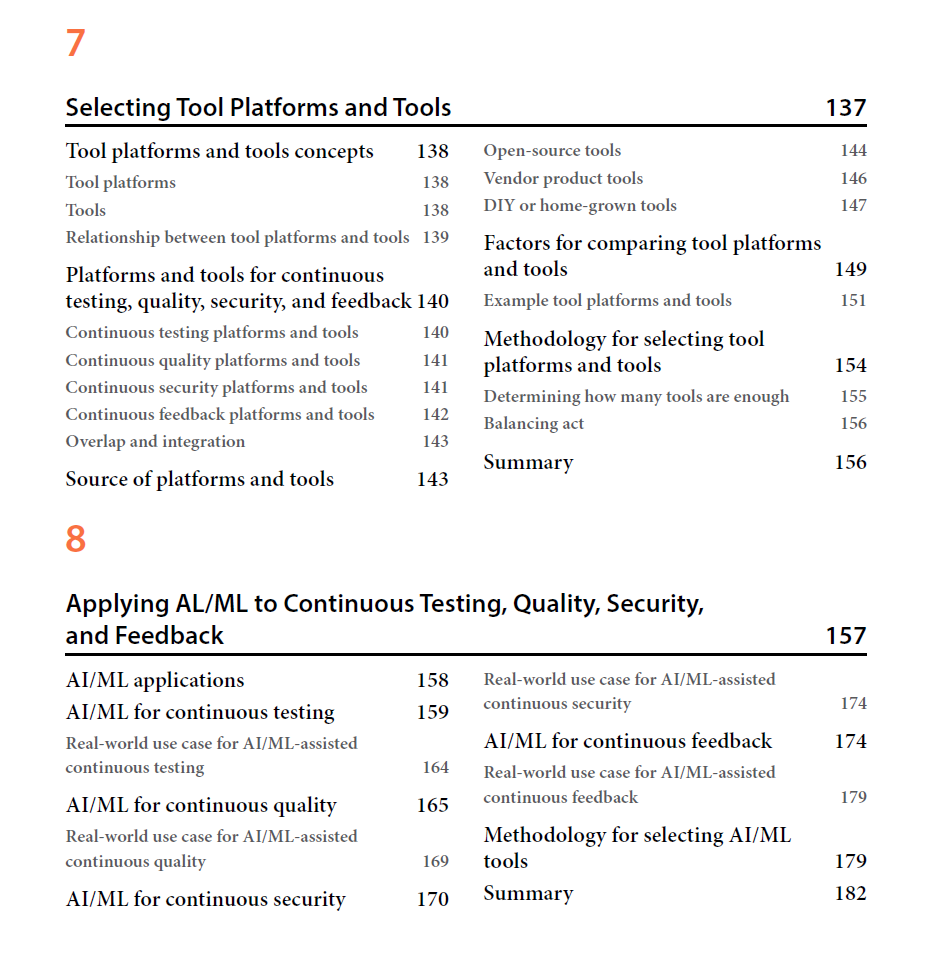
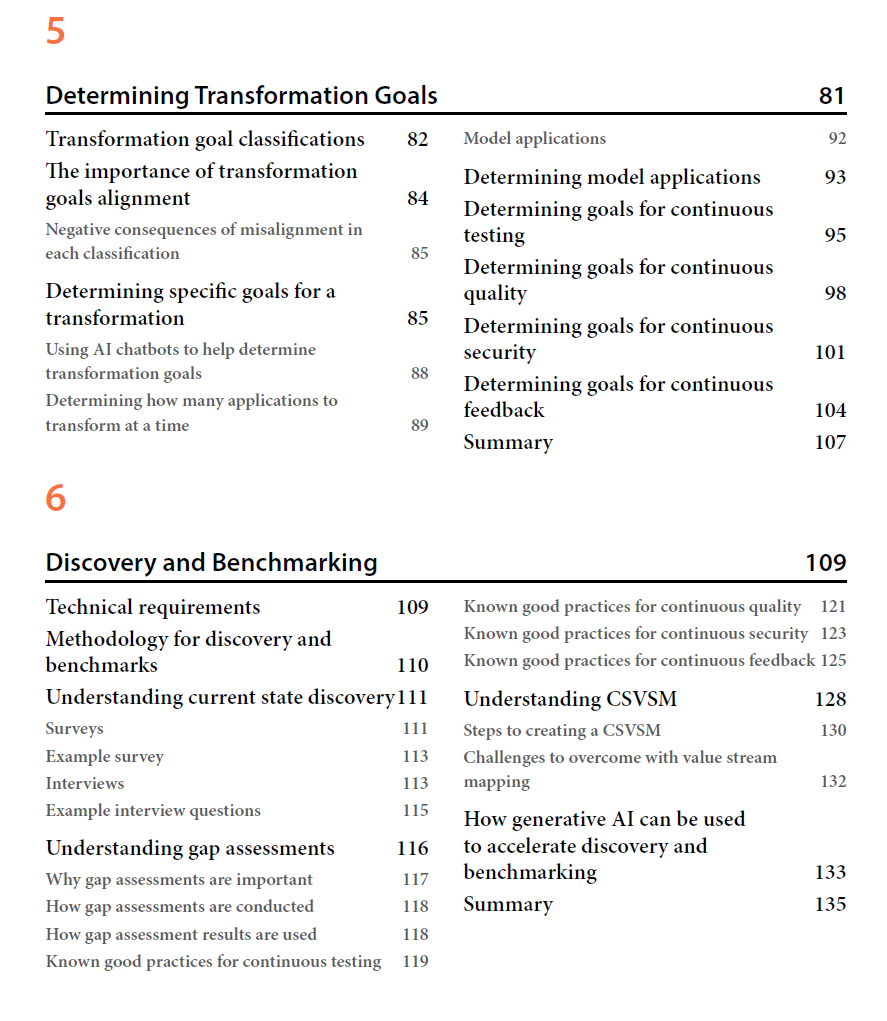
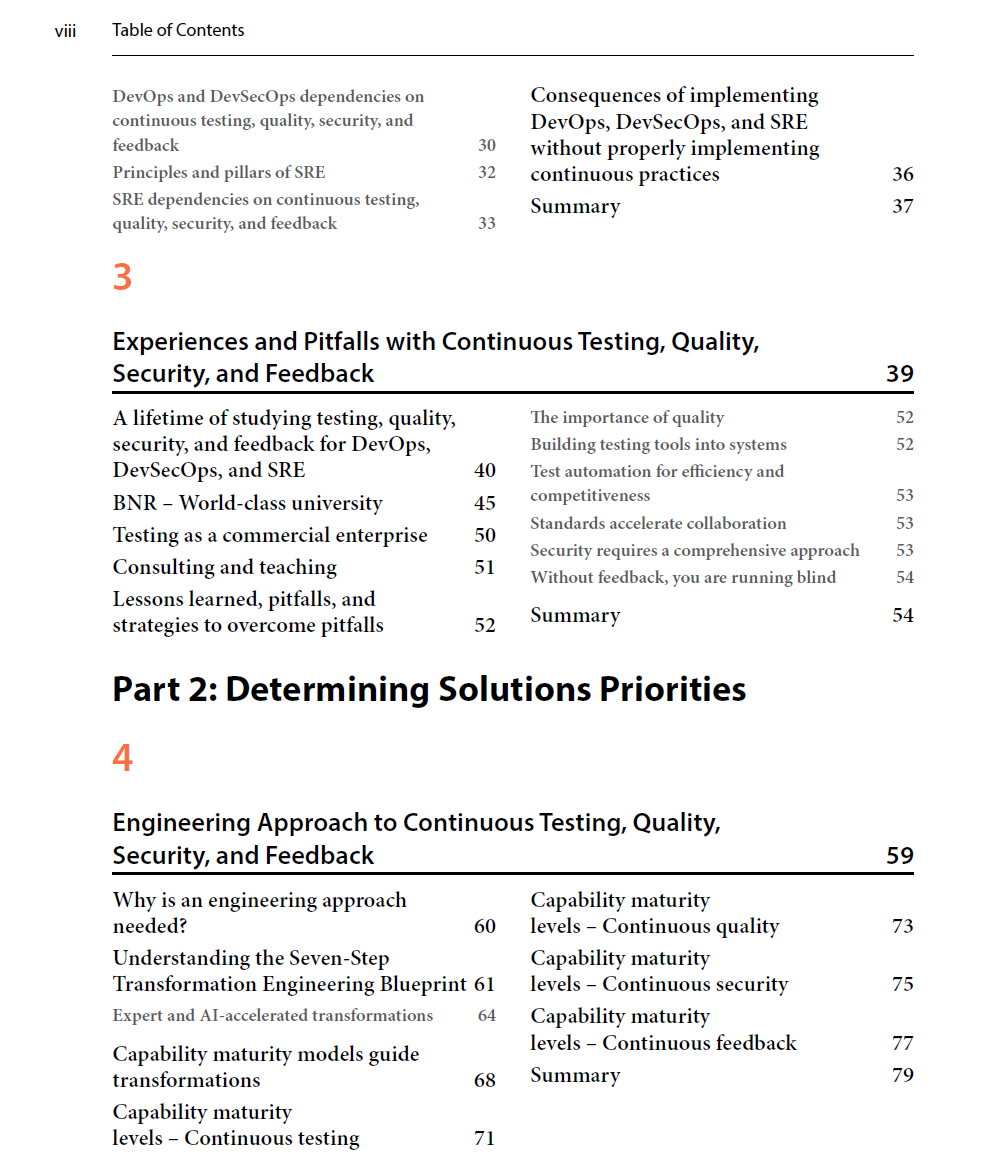
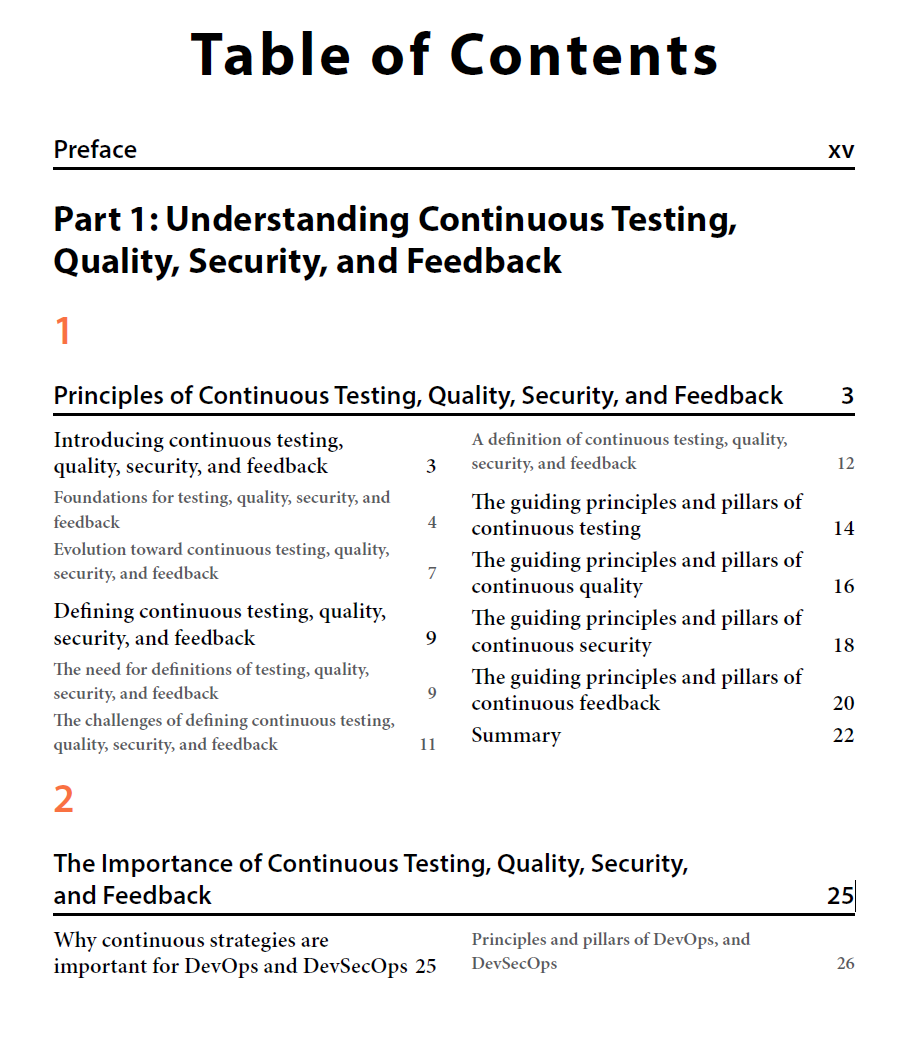
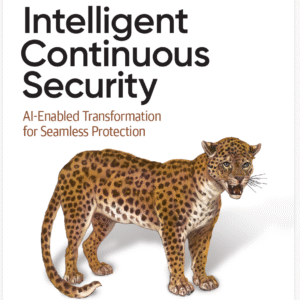
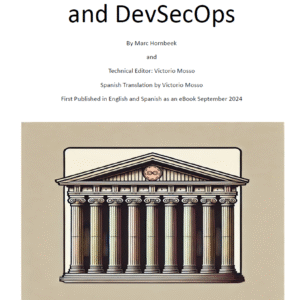

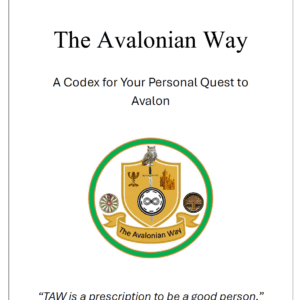
Reviews
There are no reviews yet.